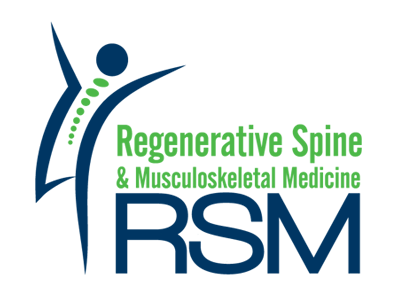Joint Injection Options
Other Injection Options for Joint Pain
Has your doctor recommended corticosteroid or cortisone, injections for your joint pain? If so, how many corticosteroid injections have you had into a particular joint? Did you know you should be careful of the number of corticosteroid injections you receive in a joint?
Corticosteroids, though safe when regulated by a physician, may have adverse effects if used too often. Corticosteroids can target cartilage cells, causing them to shrink and wear out if repeatedly exposed to the medication. Thus, there is a movement in musculoskeletal medicine to minimize or avoid the use of repeated steroid injections into joints.
So, where does that leave you for relief of your joint pain? Other options do exist for joint injections. Here are a few options with brief explanations.
Hyaluronic Acid Viscosupplementation
When you have knee osteoarthritis, the fluid in your knee called hyaluronic acid thins. Your doctor can inject more hyaluronic acid into your knee to boost the supply. After an injection, hyaluronic acid helps cushion and lubricate the moving parts within your knee. The treatment can provide long-term benefit by relieving pain and inflammation. A series of three to five injections given one week apart is usually necessary. If needed, you can receive another set of injections after six months. Insurance plans do cover the cost of viscosupplementation for knee osteoarthritis.
Homeopathic Injections: Traumeel® and Zeel®
Zeel® and Traumeel® are homeopathic medications that have been widely used for many years for the treatment of painful disorders. Homeopathic treatments are medicinal dilutions completely derived from plants and minerals found in nature. Because the solution is mostly plant based, injections are extremely safe and side effects are exceedingly rare. Homeopathic injections may be an effective alternative for patients who do not respond to or wish to avoid corticosteroid injections. A series of injections is often necessary, given one week apart, until you feel relief. Insurance plans do not cover the cost of homeopathic injections.
Platelet-Rich Plasma (PRP)
This requires drawing a sample of your blood and processing it to create a fluid that contains a higher-than-normal amount of platelets. The doctor then injects the fluid back into your painful joint. The platelets in your blood contain natural chemicals like growth factors that help heal injuries. One or more injections may be necessary. Insurance plans do not cover the cost of PRP injections.





